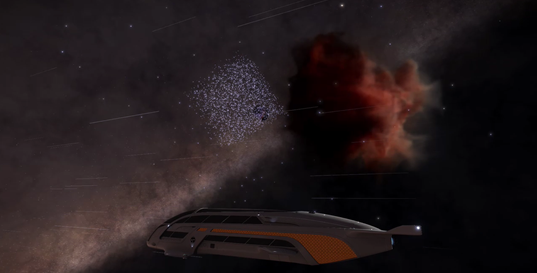To piggyback on this thread,
Does anyone know if the procedural generation algorithm produces adjacent or nearby systems with similar content?
I've been exploring systems in an area where a lot seem to have no planets. I was thinking RNG had me by the tail, but this thread caught my eye . . .
Anyone who's been out exploring has experienced it: sectors which seem to be "barren", or sectors where certain planet types seem to be far more (or less) common than elsewhere.
I've seen a sector where gigantic (10-plus Earth masses) Ammonia Worlds seemed commonplace.
I've seen several sectors where practically every star system I jumped into was a binary with no planets.
I've seen a "dry" sector where waterworlds and ELWs seemed much much harder to find than elsewhere.
Yet, we still don't really know if there actually are "sector biases", or if it's purely the randomness of the galactic seed. To find out, you really need to do some thorough surveying of entire sectors or subsectors, with seriously large sample sizes.

